As Finance Options Dwindle, Are COVID-19 Bonds an Option?
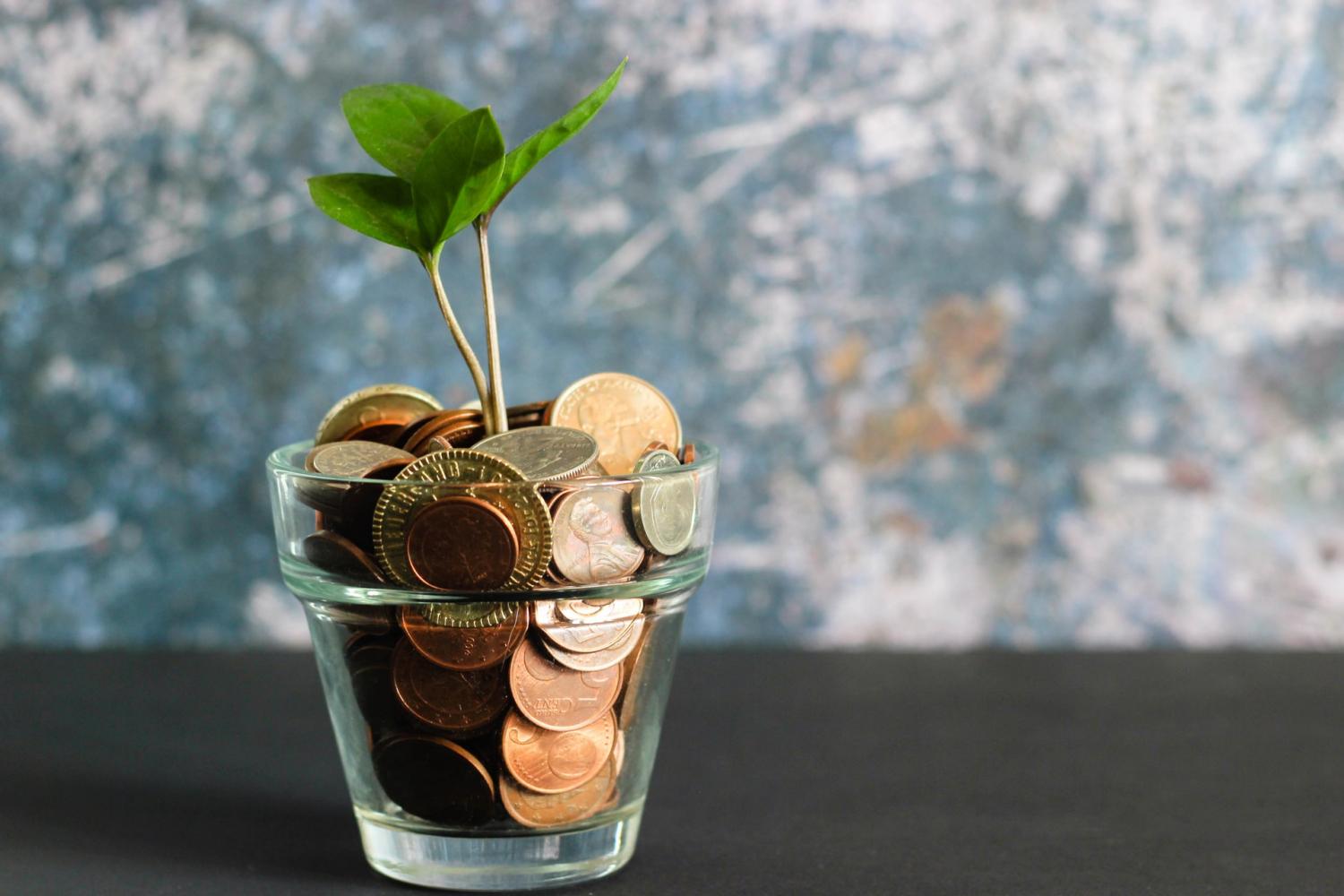
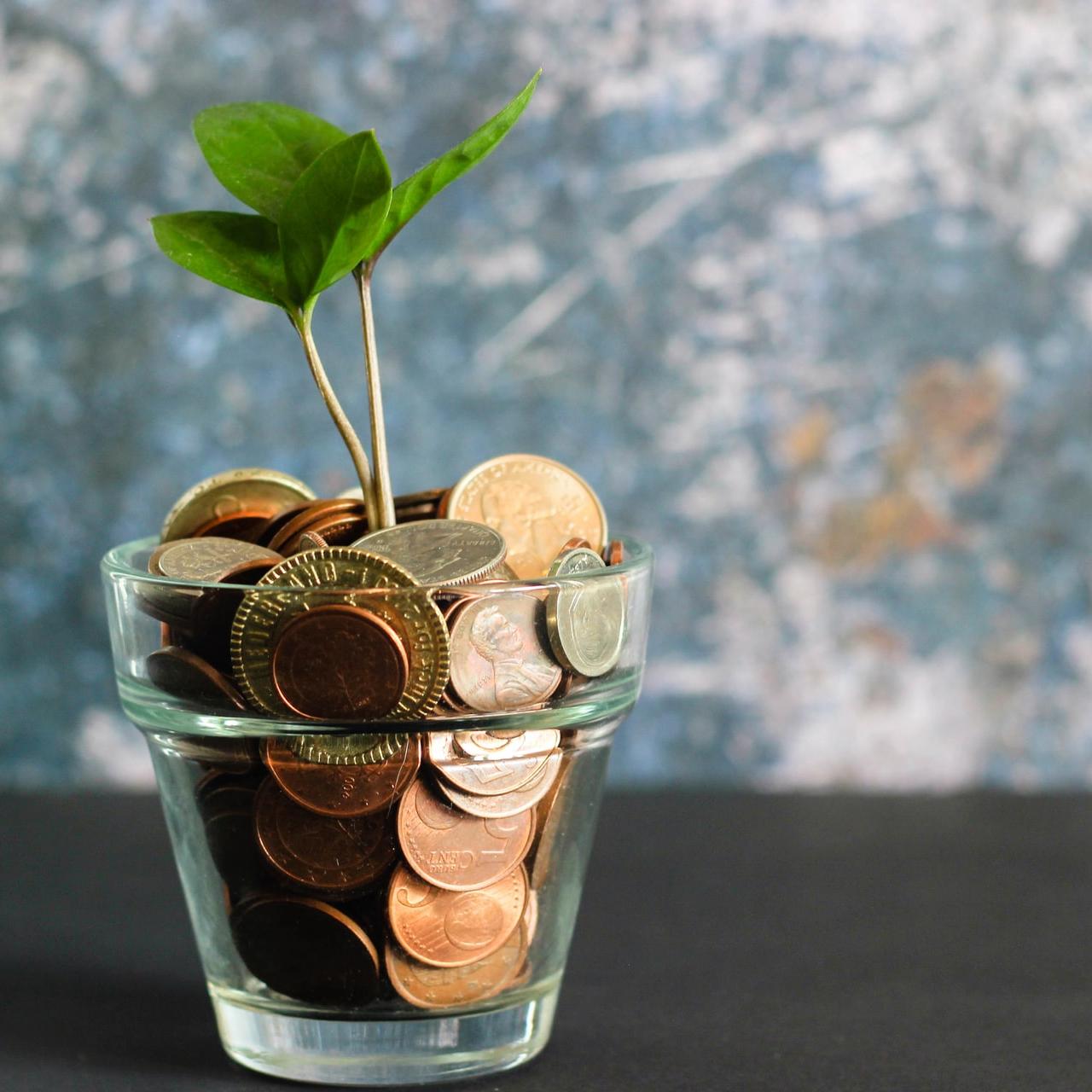
Companies large and small are running out of cash; governments are either printing money, teetering toward bankruptcy, or will soon be forced to make devastating cuts in social programs and staff. Even museums are considering selling works of art to stay afloat. No sector of society is immune to the ravages of COVID-19, and at times it appears impossible that any force, business or government, can lift us out of this crisis.
Investment firms including Morgan Stanley, however, have noticed an encouraging trend. At TriplePundit, we’ve long tracked environmental, social and governance (ESG) investment, as writers including Amy Brown and Tina Casey have been watching this development in the world of finance. And last month was one of the most audacious months for this small but surging niche within the world of finance.
According to Morgan Stanley, April witnessed a manic pace of ESG bond issuances. In terms of raw numbers, one’s gut reaction could be “meh” — $48.5 billion total. But that’s double the amount issued in March, and compared to April 2019, it’s a whopping 270 percent increase. And while the number of such bond issuances in April was just a small uptick from March, the average size of these bonds jumped up well over 150 percent.
Here’s another huge difference: While historically we keep referring to these investments as “ESG bonds,” for the most part they have trended heavily on the environmental side. But last month, bond issuers floated $12.4 billion social bonds, designed to address, naturally, social challenges, including any related to COVID-19.
In April 2019, no social bonds were issued whatsoever. Zero.
Even more telling: The evidence suggests that 2020 bond issuances were underwritten not out of any sense of desperation, but because they make sound investment sense. After all, we can’t rebuild until society has somewhat healed. Buyers are responding in kind.
“Despite record issuance, investor demand for these bonds was strong, as evidenced by oversubscribed deal books, and record issuances,” Morgan Stanley concluded in a recent report. “Five of the 10 COVID-linked bonds were reportedly oversubscribed.” Two of those were $1 billion deals across the pond in Europe.
One fear amongst the sustainerati is that the current economic catastrophe we are confronting means the corporate sustainability movement could fall by the wayside, the way many observers felt a decade ago during and after the Great Recession. But the evidence suggests, if anything, this pandemic shows that ESG-related challenges matter more now than ever.
“If you look at the ESG ETFs [exchange-traded funds] for both equities and bonds, many have held up better than a lot of their peers,” Jennifer Tonda of 280 CapMarkets said in an interview with InvestmentNews. “Investors are going to be looking at how companies deal with the effects of COVID-19 which can also affect how we deal and prepare for future global crises and global warming.”
Bottom line: Investors have hardly taken their eyes off the ESG ball during this crisis. If anything, they are more laser focused on your company than ever before, as they watch how you are responding to COVID-19. And if you have a solid plan for emerging out of this crisis, buyers will take you seriously.
From the Brands Taking Stands newsletter. Be sure to subscribe!
Image credit: Micheile Henderson/Unsplash
How Amazon May ‘Win’ in Battles Over Workers, But Risks Losing the War

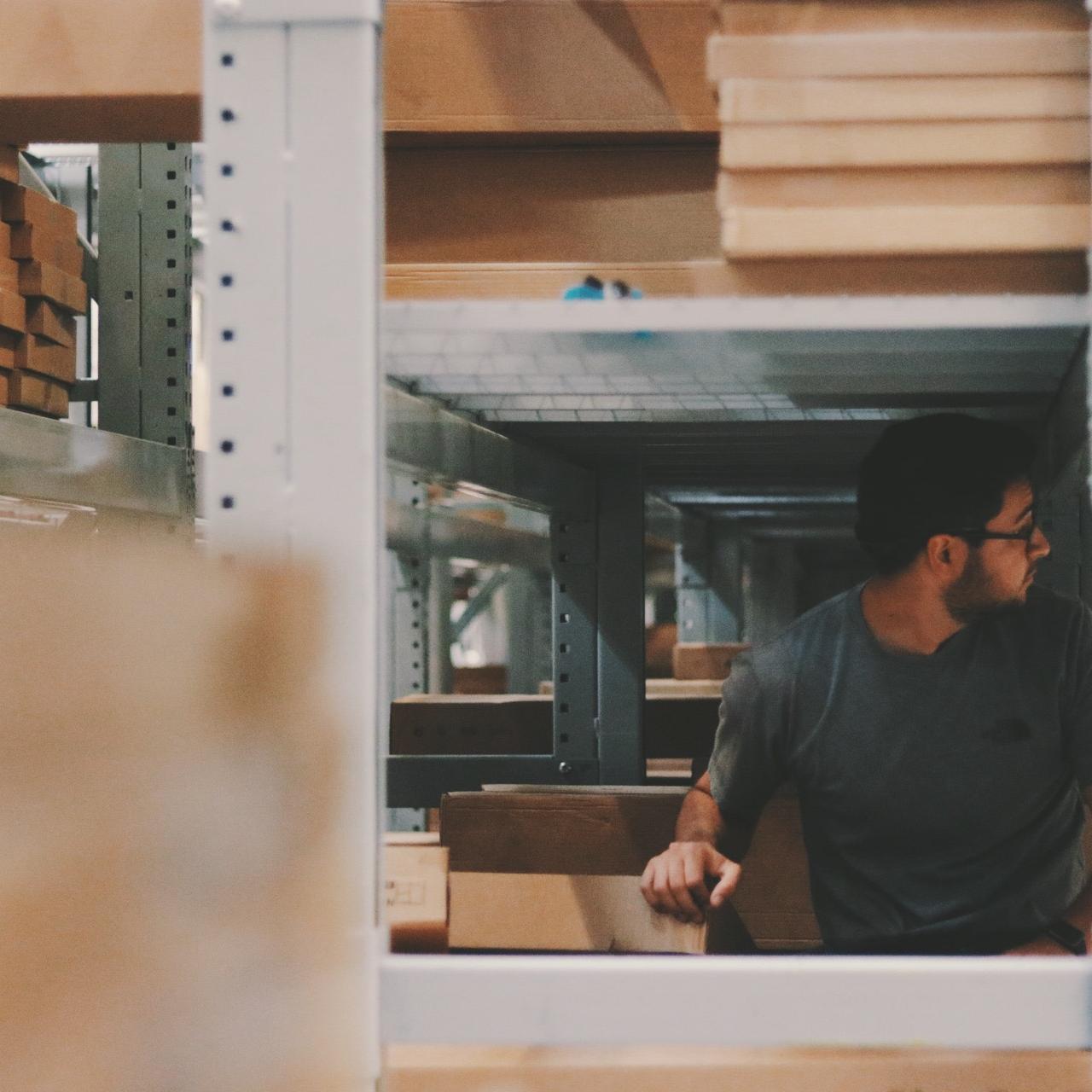
The rising wave of youth activism on climate change signals long-term pain for the fossil fuel sector in more ways than one. It’s a warning that the fossil industry’s ongoing “brain drain” problem is likely to intensify. It is losing a whole generation of up-and-coming innovators, engineers and scientists. Now Amazon, and “pick-and-pack” companies like it, may also be in danger of facing a similar wave of disinterest — and downright disgust — as concerns rise over worker rights during the COVID-19 crisis.
COVID-19 underscores inaction on climate change and inequities in the workplace
The COVID-19 crisis has raised long-simmering tensions over worker rights at Amazon to the boiling point. In recent years upper-level employees have pressured the company to accelerate its climate initiatives and stop using its Amazon Web Services division to enable oil and gas operations, under the banner Amazon Employees for Climate Justice (AECJ). Though the company has stepped its climate efforts, it also reportedly sent termination threats to two employee activists last fall.
In a now-familiar pattern, last March Amazon also grabbed some unwanted media attention for firing a worker activist at its warehouse in Staten Island, New York, after several workers walked out in protest of hazardous working conditions related to COVID-19. Yesterday, the company confirmed reports that one worker at its Staten Island facility died of the illness on Monday, May 4.
That worker’s firing only added fuel to the fire. Employee activists targeted several companies including Amazon and its Whole Foods operations for a nationwide sickout on May 1 to draw attention to unaddressed health risks faced by frontline workers during the pandemic.
Amazon and the right to protest
The May 1 worker action was supported and promoted by AECJ, which is now drawing the connection to climate change, pollution, and worker health and safety issues during the COVID-19 crisis.
In an April 24 blog post on Medium, AECJ emphasized that its main point was the right to speak out without fear of termination or other reprisals.
In the post, AECJ prevailed upon Amazon to change its communications policies, so as not to punish workers who are “speaking up, in their own capacity and not on behalf of the company, about issues that directly impact the health and safety of workers and customers, including pandemic working conditions, climate crisis, and pollution.”
One Amazon VP speaks up
In a parallel development, last year the Whole Worker employee group at Whole Foods pleaded with upper-level employees at Amazon to use their voices in support of frontline workers and to protest the company's connection to the Donald Trump administration’s immigration enforcement.
"Workers that control the lever inside Amazon must make this machine stop and turn in another direction,” they wrote in a public statement last year. “Bodies inside this machine are being mangled as it tramples on our homes, destroying families and communities. If you have your hand on one of those levers, ask yourself: What can you do to stop it?”
With all this in mind, consider the newly published essay written by Tim Bray, an Amazon vice president and “distinguished engineer.” He resigned from Amazon Web Services last Friday and posted the essay on May 4. AECJ has since tweeted its support of Bray.
In the essay, Bray registers his disappointment with the failure of a 2019 Amazon shareholder resolution on climate change, supported by AECJ. He also highlighted the company’s dismissive treatment of AECJ activists in the run-up to the 2019 Global Climate Strike last September.
The turning point for Bray occurred in mid-April of this year, after AECJ members helped company warehouse workers support an event related to the COVID-19 outbreak.
“Emily Cunningham and Maren Costa, two visible AECJ leaders, were fired on the spot,” on April 10,” Bray relates, “Snap! At that point I snapped.”
As with AECJ, Bray’s primary concern is the company's repression of employee speech. He lists several alternatives that Amazon could have used to address the event, but instead the company simply fired two of the leading activists.
“I escalated through the proper channels and by the book,” he explains. “That done, remaining an Amazon VP would have meant, in effect, signing off on actions I despised. So I resigned.”
It’s not just Amazon
Although Bray does not divulge what took place in the discussions leading up to his resignation, he leaves no doubt that Amazon has deployed an intentional strategy in the recent firings.
“The victims weren't abstract entities but real people; here are some of their names: Courtney Bowden, Gerald Bryson, Maren Costa, Emily Cunningham, Bashir Mohammed, and Chris Smalls,” he writes, “I’m sure it’s a coincidence that every one of them is a person of color, a woman, or both. Right?”
Bray also advises upper-level employees that there are potential legal repercussions to Amazon’s policies on worker safety. “It’s not just workers who are upset. Here are attorneys general from 14 states speaking out. Here’s the New York State Attorney General with more detailed complaints. Here’s Amazon losing in French courts, twice," he writes.
Finally, while giving the company credit for stepping up its efforts to remediate COVID-19 risks, Bray points to a fundamental flaw in the business model that has made Amazon, and companies like it, so successful.
“…the big problem isn’t the specifics of a COVID-19 response. It’s that Amazon treats the humans in the warehouses as fungible units of pick-and-pack potential,” he explains. “Only that’s not just Amazon, it’s how 21st-century capitalism is done.”
It is done, of course, with the help of innovators and engineers, scientists, and managerial experts.
As the life-and-death consequences of pick-and-pack culture continue to spin out through the COVID-19 crisis, companies that fail to address worker issues may eventually replenish the thinning ranks of their front lines, but they may find it much harder to recruit the upper-level talent that enables them to succeed in the long term.
Image credit: Alexander Isreb/Pexels
Tech Companies Step Up to Help Domestic Violence Victims
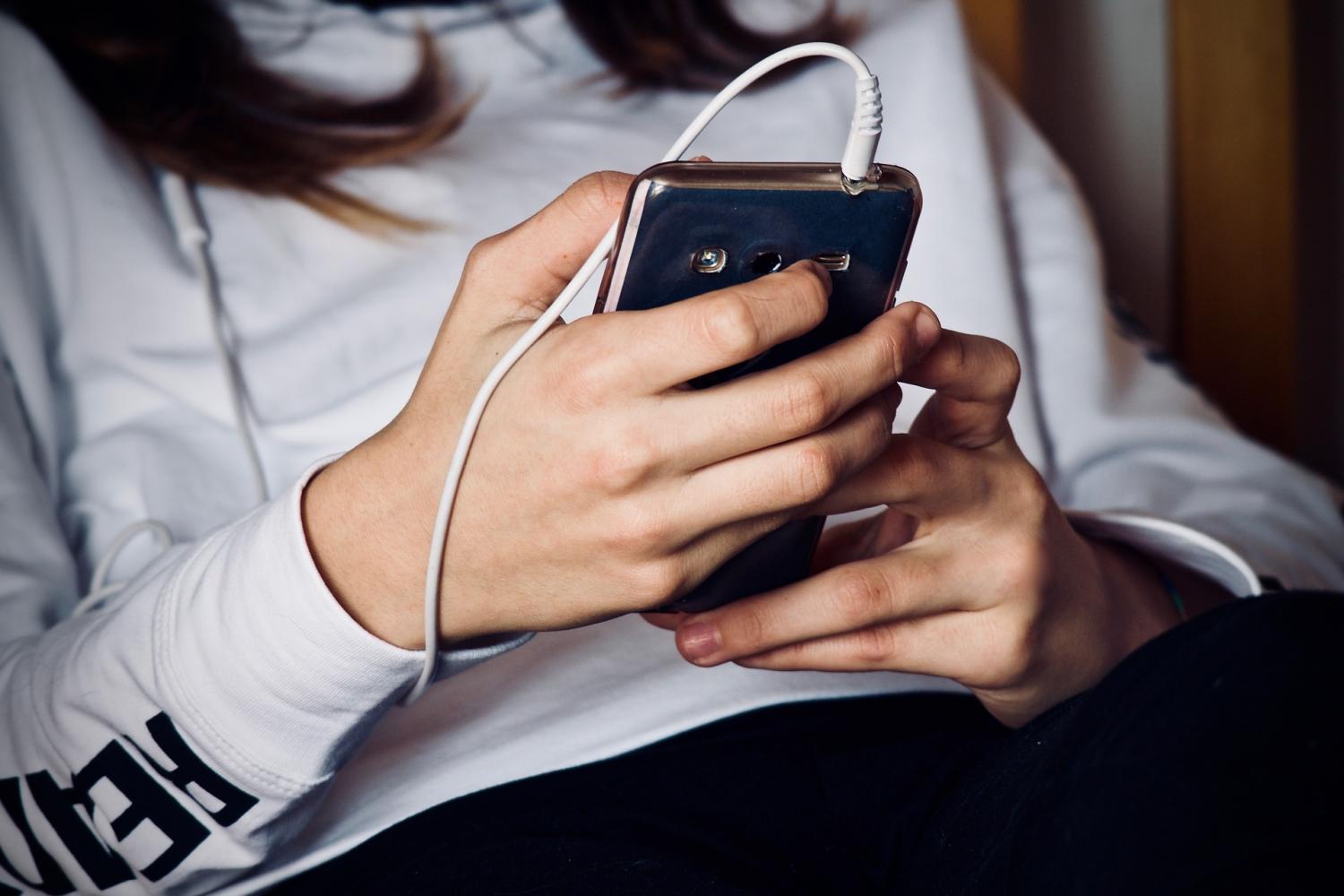

A sharp rise in the rate of domestic violence is one of the more disturbing consequences of the novel coronavirus pandemic and stay-at-home orders. Several tech companies are offering innovative ways to help domestic violence victims reach out for help even as they are shut inside their homes with their abusers.
In the U.S., Google searches for the National Domestic Violence Hotline increased by 140 percent in the last 30 days, while global searches for “national domestic abuse hotline” shot up 250 percent. We can see this is hardly only an American phenomenon: The United Nations has reported increases in cases of domestic violence and calls to helplines around the world.
Domestic violence incidents can be particularly dangerous during a lockdown when victims are unable to reach out to authorities or a helpline while in close quarters with their abusers. In Los Angeles, police are concerned that at home, victims can feel trapped by security cameras that allow abusers to check their use of phones and websites and dissuade them from alerting police.
A home surveillance company offers a lifeline
But while some aspects of technology such as home surveillance cameras can make people feel more vulnerable, technology can also provide a way for victims to get help. A number of tech companies are offering victims a lifeline during this time.
Home security company ADT is releasing its SoSecure mobile safety app for free, providing a possible lifeline for people suffering domestic violence. The app includes several features designed to be particularly helpful to people facing domestic abuse. For instance, they can silently SMS chat with ADT’s 24/7 professional monitors. They can also discreetly trigger an emergency alarm, which allows ADT to pinpoint the user’s GPS coordinates (911 dispatchers can’t always do that). App users can also designate friends or family to receive alerts when an alarm is triggered. And SoSecure also allows a time period to be preset, after which emergency contacts will be notified if the user is unresponsive.
Across sectors, tech companies strive for smartphones to become a tool for freedom
At Cornell University, Cornell Tech’s Clinic to End Tech Abuse (CETA) has created a remote program to help survivors of intimate partner violence use their devices without fear of monitoring or stalking. CETA partners with the New York City Mayor’s Office to End Domestic and Gender-Based Violence (ENDGBV) and the city’s Family Justice Centers to provide the clinic’s services to survivors. This collaboration has continued during the pandemic, with case workers able to refer their clients to these city agencies to set up consultations with the clinic about possible tech-enabled abuse.
For those who have the ability to leave their homes to seek assistance, Uber is partnering with organizations supporting victims of sexual, domestic, and gender-based violence to provide 50,000 free rides and additional support to shelters and safe spaces in more than 35 cities across 17 countries. The company says it wants to help abuse victims to get to a safe space during coronavirus lockdowns.
"A lack of transportation is a huge barrier for survivors of domestic violence every day of the week. And that's really exacerbated by COVID-19," Allison Randall, vice president for policy and emerging issues at the National Network to End Domestic Violence, told The Hill.
Access to pro-bono legal help is also more readily available to domestic violence victims, thanks to the justice tech company Paladin, which has teamed up with the American Bar Association to create a new portal that helps lawyers find pro-bono opportunities specifically to help people affected by the coronavirus pandemic and other natural disasters. As Paladin co-founder Kristen Sonday told TechCrunch, vulnerable individuals are experiencing a range of legal issues at unprecedented levels due to COVID-19, including victims of domestic violence who have sheltered-in-place with an abuser.
Get help with domestic violence
While technology can be a huge asset at a time of crisis, public awareness of the right resources for help is paramount. In response to hearing increased reports from survivors that COVID-19 is being used by abusive partners to further control and abuse, the National Domestic Violence Hotline and The No More Foundation have significantly expanded their recently launched public awareness and action campaign. Entitled #ListeningFromHome, the campaign aims to heighten people's awareness of domestic violence, and encourage them to safely get help if they experience, hear or observe incidents of domestic abuse.
The National Domestic Violence Hotline has posted a “Staying Safe During Covid-19” guide for survivors and their families. Trained counselors are also available by phone 24 hours a day at 1-800-799-SAFE (7233) and by chat at www.thehotline.org.
Image credit: Luisella Planeta Leoni/Pixabay
Sustainability Isn't Stopping: Just Ask These Companies
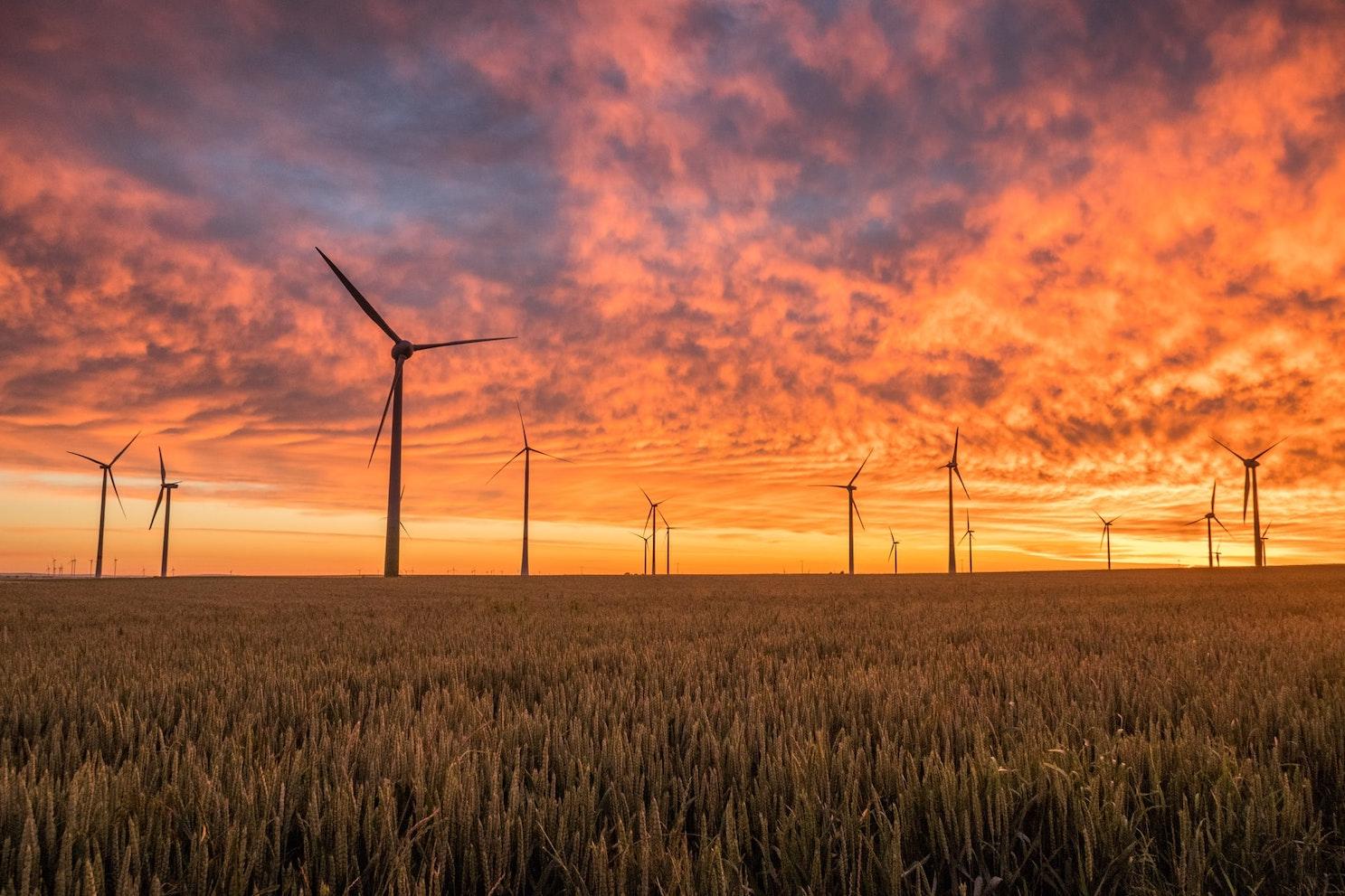
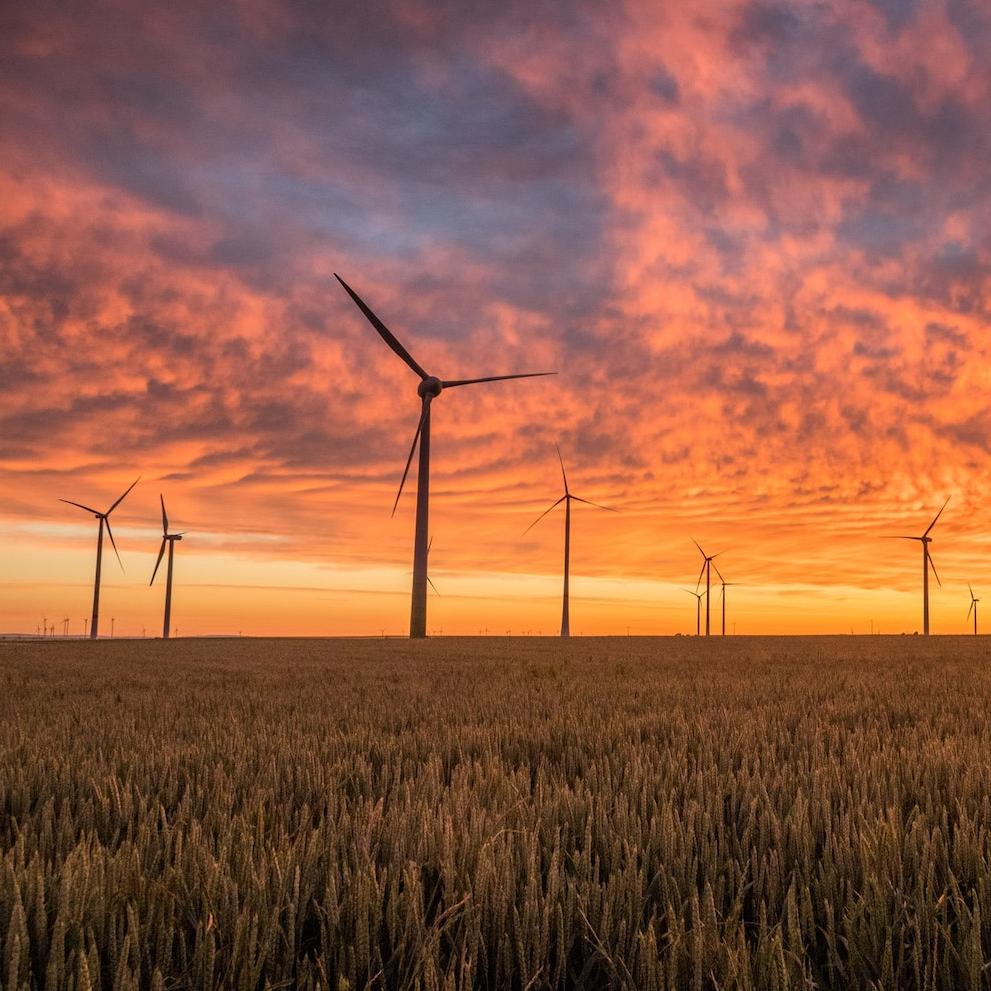
Over the weekend, a sustainability-focused Wall Street Journal article started making the rounds on social media. In it, business columnist John D. Stoll notes that several top companies are starting to pump the brakes on their environmental, social and governance (ESG) programs due to economic strain amidst the coronavirus pandemic. And he poses the question: Will the pandemic, like economic crises before it, put sustainability on the back burner?
It's undeniably true that companies are cutting costs in the face of financial strain, and given that we're all on information overload, it's understandable to assume ESG cutbacks are happening across the board. But we at TriplePundit have a slightly different vantage point: Since we report on these topics daily, people love sharing their sustainability news with us — and, overall, the drumbeat of these announcements has remained relatively steady through the pandemic.
Right now we're all understandably consumed with the human suffering and economic strain posed by the pandemic. Business leaders are worried for their families, wondering how they'll maintain their payrolls, and grappling with how best to respond to this new global challenge we face. But we're not convinced we'll see a sunsetting of sustainability — and these eight examples are just some of the reasons why.
General Mills commits to 100 percent renewable energy globally by 2030
General Mills committed to a set of science-based emissions targets ahead of the COP21 climate talks in 2015, where world leaders drafted the landmark Paris climate agreement. The company was among the first to have its plan approved by the Science-Based Targets initiative (SBTi) — indicating its goal to reduce value chain emissions by 28 percent by 2025 aligns with the global effort to limit temperature rise to “well below” 2 degrees Celsius.
In late April, General Mills took its climate action journey a step further, pledging to source 100 percent renewable electricity by 2030 and join the RE100 corporate clean power initiative. The company says it will invest in renewable energy projects across its supply chain — including two large-scale wind farms which will produce renewable energy credits (RECs) and methane capture for power generation at supplier farms — to meet the goal.
Evian goes carbon neutral globally
Danone was another major multinational to issue new climate pledges during the COP21 talks in 2015. The French food products firm pledged to be certified carbon neutral across all of its operations by 2050 — and its flagship spring water brand, Evian, was to lead the charge.
We first reported on Evian's carbon neutrality journey two years later, in 2017, when the brand unveiled its revamped bottling plant in the French Alps that was certified carbon neutral by the Carbon Trust. Since then, Evian has achieved carbon neutrality certification for its operations in the U.S., Canada, Germany and Switzerland. And on April 20, it went global, inking carbon neutral certification across all the countries where it has a presence. It's a milestone in the journey, but it's far from the end of the road, as Global Brand VP Shweta Harit says Evian is looking forward to announcing "new initiatives later this year."
Ball Corporation's emissions goals approved by the Science-Based Targets initiative
Since the SBTi launched in 2015, the number of companies with approved targets has grown exponentially: 873 companies are now taking science-based climate action in collaboration with the initiative, and 363 have approved science-based targets on the books.
Ball Corp., which manufactures metal packaging and provides aerospace technologies and services, is among the latest to join the roster. The company's commitment to reduce absolute carbon emissions within its own operations by 55 percent and within its value chain by 16 percent by 2030, using 2017 as a baseline, were approved by SBTi last month.
HP rolls out "the world’s most sustainable PC portfolio"
Over the past year, TriplePundit has tracked HP’s use of plastic recovered from ecosystems and waterways before it can reach the ocean. From its June release of the world's first computer monitor made with ocean-bound plastics to the first PC built with these materials announced three months later, the tech giant has steadily increased its use of recovered plastics while raising awareness of ocean health.
Today, the company formally unveiled what it bills as "the world’s most sustainable PC portfolio," including a new Chromebook that is HP's latest to include ocean-bound plastics. An HP representative called the line a "culmination" of the company's work in sustainable product design, but it's just the beginning: HP has pledged to include ocean-bound plastics in all new desktop and laptop computers launched in its Elite and Pro lines in 2020 and beyond.
Apparel brand Lee goes all-in on renewables
Known best for its denim and everyday basics, apparel brand Lee is aggressively pursuing renewable energy, pledging to power all of its owned and operated facilities with renewables by 2025. Its new set of goals announced in April also include sourcing only sustainably grown or recycled cotton within five years and increasing its Indigood denim offerings on a yearly basis. Launched in February, Lee's Indigood line utilizes a foam-dyeing process that cuts water use by 99 percent and energy use by 60 percent, according to the company.
Bayer shareholders tie board compensation to sustainability performance
Global pharmaceutical firm Bayer is targeting carbon neutrality and 100 percent renewable energy sourcing by 2030, and its shareholders recently took a significant step to hold the company accountable.
"Our shareholders approved a new compensation system for the members of the Board of Management," Matthias Berninger, Bayer's SVP of public affairs and sustainability, tweeted on April 28. "It’s now tied to sustainability." The move bases 20 percent of board members' long-term variable compensation on the attainment of sustainability goals starting next year, reports Nasdaq.
Outdoor gear brand Arc’Teryx has net-zero goal approved by SBTi
In another recent addition to the SBTi portfolio, outdoor gear brand Arc’Teryx's goal of achieving net-zero emissions across its entire value chain by 2050 was approved by the initiative in April. All of the company's owned operations, including its retail stores, headquarters and Canadian manufacturing facility, are already powered by renewable energy.
Microsoft launches ‘Planetary Computer’ to reach biodiversity goals
In January, Microsoft unveiled an industry-leading climate action plan that includes a pledge to go beyond carbon negativity to remove the equivalent of all of the emissions it has ever produced (yes, you read that right). Along with its bold climate goal, the tech giant aims to protect more land than it uses by 2025 through strategies such as land acquisition for conservation and the creation of new national parks.
To that end, Microsoft is in the process of creating what it calls a "Planetary Computer" platform to catalog region-specific data about species, biodiversity and ecosystems, Environmental Leader reported in April. It will share the data with suppliers, partners and customers to ease their environmental decision-making and use it to "speak out on ecosystem-related public policy issues and take responsibility for Microsoft’s own land footprint,” company president Brad Smith told EL.
Image credit: Karsten Würth/Unsplash
These 5 Organizations Show What Giving Tuesday Now Is All About


Responding to the dire need that countless families face during the coronavirus pandemic, the organizations behind Giving Tuesday — which for the past several years has fallen on the first Tuesday after the U.S. Thanksgiving holiday — launched today's Giving Tuesday Now.
Today’s global fundraising push is happening in addition to the one scheduled for later this year on Dec. 1. This movement is now urging citizens to donate what they can afford, or help however they can, in order to stop the spread of this virus and support those affected. These five organizations show what today's fundraising effort is all about.
Say what you want about Facebook, but it’s been one of Giving Tuesday Now’s critical communications partners for this spring’s fundraising push. The social network says it has contributed $20 million in matching donations for today’s efforts, and it is hosting this resource page to provide ideas for people willing to donate time or resources.
Keep America Beautiful
This nonprofit, which has advocated for community improvement, neighborhood beautification and litter removal for almost 70 years, is taking a different approach for today’s event. Keep America Beautiful has launched a “virtual park” in which people can interact and learn about community beautification in a digital environment. Participants can earn points by completing various activities and, in the end, help identify the next site for one of this organization’s community beautification projects once it reaches a fundraising target — and, of course, when volunteers can finally safely work together again.
PayPal
One of the key supporters of Giving Tuesday Now, PayPal has launched fundraising efforts to support six global nonprofits. The fintech giant is also partnering with the Cherie Blair Foundation to provide virtual mentoring sessions for women entrepreneurs across the globe. PayPal is working with credit card companies to arrange ways for consumers to donate any rewards to charity, too.
T-Mobile
The mobile carrier says it will mobilize resources during this day of giving in order to support and recognize the work of frontline healthcare workers. T-Mobile has promised to donate 500,000 medical face masks to the CDC Foundation. In addition, the company is donating funds generated from the purchases of cell phone accessories (up to $100,000) to a Boys and Girls Clubs of America fund that is helping to provide childcare services for healthcare workers. A day-long social media campaign serving to thank these frontline healthcare workers is also part of T-Mobile’s plan for Giving Tuesday Now.
The Thanks-Giving Foundation
There’s no shortage of local nonprofits that need our help so they can continue doing good work within their communities. So, if we highlight one such organization, it’s this Dallas-based nonprofit, which seeks to bring together people of different backgrounds and faiths in order to build mutual respect and understanding. The group has launched an effort that seeks to accomplish two tasks: Show healthcare workers appreciation while keeping local restaurants in business. The Serving Up Gratitude program seeks donations to purchase a meal from a local restaurant and then sends it on to a local healthcare worker or first responder. Visitors to this site can nominate a person who he or she feels is deserving of such a gesture.
Giving Tuesday Now a timely response to nonprofits' struggles
At a time when we’ve seen pitches from companies that say they are doing good by donating fruit cups or slices of pizza, programs driven by compassion and authenticity, like this one run by the Thanks-Giving Foundation, show how funding one good deed can take care of two huge challenges with which COVID-19 has burdened local communities.
In any event, nonprofits across the U.S. are on the brink as fundraising activities have been shelved and families fearful they could have to file for unemployment at any moment are cutting back on spending. Today's event is making it clear that any little bit of cash or time can help.
Curious how you can donate some cash, your time or even some kind words? The people behind Giving Tuesday Now offer plenty of ideas here.
Image credit: Sharon McCutcheon/Unsplash
As America Slowly Reopens, Starbucks Shows How to Get it Done


The White House is pushing to “reopen America” even as the country recorded its highest daily death toll from COVID-19 on Friday. Shopping mall operators are eager to see customers wander amongst their stores, if anyone is in a mood to buy as consumers tighten their belts while some of the country’s most iconic retail brands teeter closer to bankruptcy. But if retailers, or companies in any sector for that matter, are to reopen, their first priority should be their employees. Starbucks is showing that the wisest approach is not barreling into a reopening, but taking an approach retailers and restaurants could describe as a “soft relaunch.”
Starbucks again opens its doors, sort of
The odds are high that the Starbucks closest to your home reopened yesterday. The coffee giant says that by this weekend, up to 85 percent of its stores across the U.S. will have reopened. By early June, that ratio could reach 90 percent.
For now, however, it will be some time before your local Starbucks once again becomes that “third place.” Don’t count on poaching the store’s free Wi-Fi to do some remote work any time soon. At many locations, you'll only be able to walk in far enough to claim your drink. And the company is going beyond cashless transactions — for the time being, you’ll only be able to order via the Starbucks mobile app at what were once sit-down locations - unless the location has a drive-through.
Considering that, as a publicly-owned company and iconic brand, it’s always in Wall Street’s crosshairs, Starbucks didn’t have to take such drastic steps. The company could surely generate more revenue in the short term if it allowed customers to queue outside as long as they stayed six feet apart and could pay with cash or a credit card.
But it’s clear Starbucks is taking such actions to look out for their employees. After all, while most of us are respecting requests to follow social distancing rules and take steps such as wearing face masks, we’ve all witnessed our fair share of intimidation and bad actors. It’s easy to push back and say the most extreme forms of despicable behavior making the newswires are rare or to sigh with a “tsk, tsk” from afar, but imagine if you were that employee who was the brunt of such obnoxious, entitled behavior. Just one horrid viral video could make Starbucks’ relaunch go sideways, so the best approach is to be hyper-cautious from day one.
As you reopen, make it clear: Your employees’ peace of mind comes first
Acknowledging how many of customers feel about their Starbucks routine, the company’s CEO, Kevin Johnson, recently said: “We think of the third place as a mindset — a feeling of comfort that uplifts customers everywhere, and in every way, they experience Starbucks. And the third place has never been more relevant than now, as communities seek to reconnect and heal.”
One could dismiss those words as the craftsmanship of a seasoned communications professional, but Starbucks is backing up that prose with action. Healing, after all, will take a long time. As widely reported, the company is continuing to offer its store employees “catastrophe pay” through the end of this month, based on their baseline hours. Employees who choose to work will make an extra $3 an hour during this time.
Consistency is also key as Starbucks continues to flick on the light switch at more of its stores: Locations with the conventional café format will for the most part have limited hours. Giving a sense that everyone is in this together, and that everyone will be treated the same, matters for both the company’s employees and its customers.
The bottom line: Trust in in short supply now
The employees at the Starbucks location 3p visited today gave a sense that they were not only pleased, if not excited, to be back at work, but that they were being looked after, too. Hand sanitizer was readily available. Face masks of all colors and patterns were worn. Working hours are limited for now (12 hours a week), but these employees felt as if they were taken care of and, most importantly, they were heard.
And therein lies the biggest difference between what’s happening at Starbucks compared to companies in other industries: Many workers feel as if they are not being heard or talked to — and they are tired of company executives talking at them.
One narrative during this crisis is that trust between many employees and employers has plummeted. This pandemic and the economic crisis have made many employees feel not as humans, but as line items in a spreadsheet. It’s true that no company could have planned for this upheaval, and no plan is perfect. Nevertheless, Starbucks offers corporate America a template on how to leverage a company’s most resilient asset during these times: its people.
Image credit: Leon Kaye
‘Giving Tuesday Now’ is a Reminder of How Anyone, Anyhow, Can Give Back

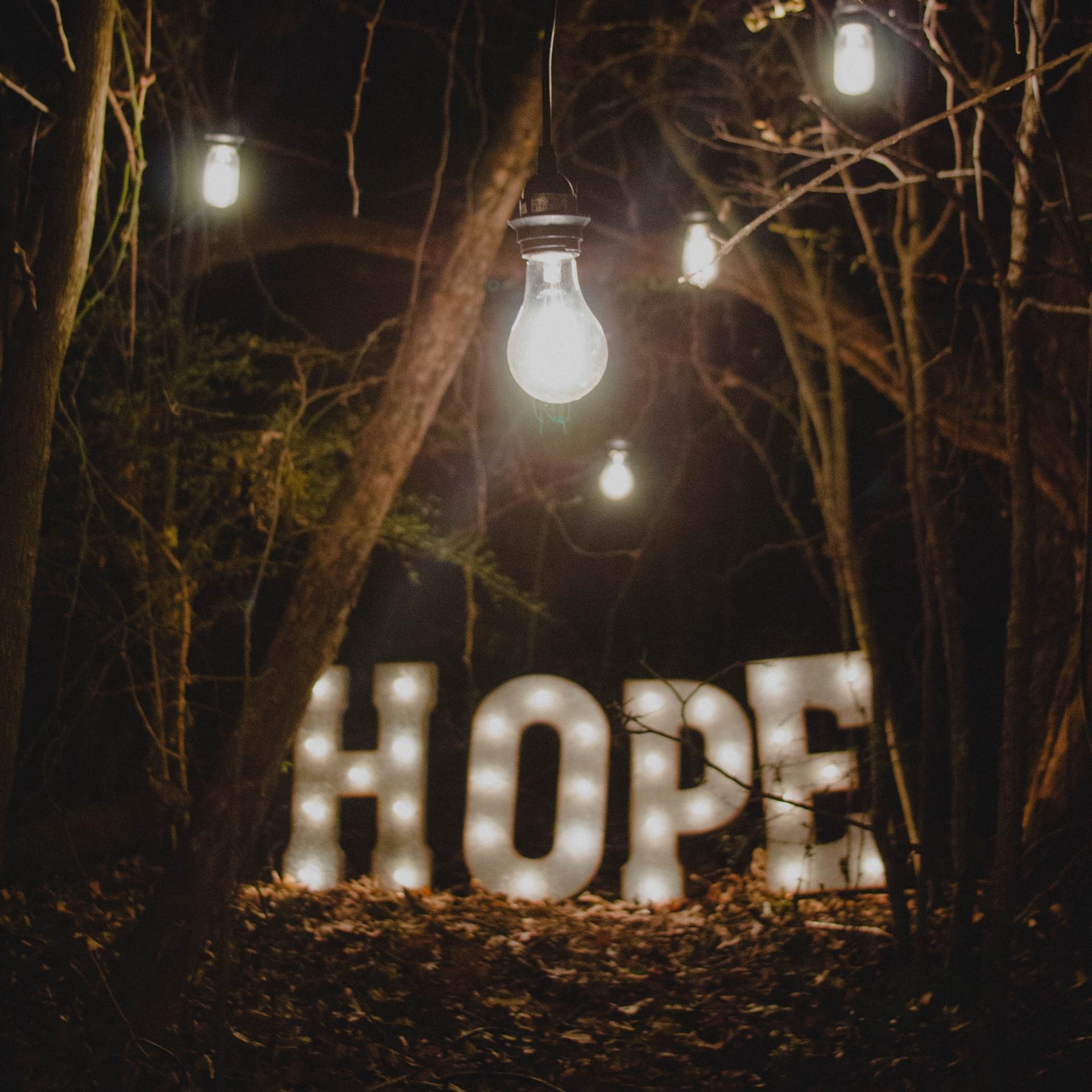
We’ve seen countless people repeatedly open their wallets and hearts during this time. For example, if you’re following late-night hosts including Trevor Noah (Feeding America) and Seth Meyers (City Harvest) online, you’re aware that you can donate as little as $1 to your charities of choice — and YouTube is fronting the cost of any transaction fees. Such giving can accelerate tomorrow, thanks to the efforts of the coalition that brought us Giving Tuesday.
Giving Tuesday Now is about more than donating cash
As a response to the emergency countless individuals and families face during the COVID-19 pandemic, this movement — which has driven charitable giving on the first Tuesday after the U.S. Thanksgiving holiday — is planning for Giving Tuesday Now, which is tomorrow, May 5. Tomorrow's day-long drive will occur in addition to the one scheduled for later this year on December 1. This movement is now urging citizens to donate what they can to help the millions of people who suddenly find themselves in need.
Supporters of tomorrow’s virtual giving drive include the Bill and Melinda Gates Foundation, PayPal, and foundations linked to Ford, Fidelity and the founders of Hewlett Packard.
Giving Tuesday Now has four primary areas of focus: support for healthcare workers by donating supplies; continuing to give to one’s favorite nonprofit organizations; helping small businesses by purchasing gift cards; and reaching out to those who are most vulnerable due to self-quarantining at this time.
What if money is tight?
Yes, those donations of $1 or $5 can make a huge difference if thousands join you — fans of Seth Meyers, for example, have alone donated more than $115,000 to City Harvest’s efforts to provide food to New York City families suffering due to COVID-19.
But in fairness, many of us are watching our bank accounts at the moment. A good number of us do have time, however. To that end, Points of Light is maintaining an extensive list of ways in which people can volunteer their time virtually via an internet connection.
Are you inspired to revamp your company’s volunteering policy at a time when your colleagues are working remotely? Common Impact has a resource guide with ideas on how your organization can virtually volunteer from the safety of home.
How can I ensure the donations I make can scale up?
Check in with your company to see what other resources for philanthropic giving are available. You know the drill — many of us get the human resources download on day one of a new job, and then we eventually forget the services available to us. There’s a good chance your company is harnessing a platform that makes charitable contributions easy — services include Benevity, Cybergrants, DonationXchange and Oracle NetSuite Social Impact.
I’ve been so focused on balancing work and homeschooling I missed out. What can I do?
The reality of this crisis is that our way of life will remain disrupted for the long term. So, we can sigh and toggle over to streaming videos, or we can educate ourselves on how we can rethink work, learning and, yes, philanthropy as a result of COVID-19. One of many excellent resources is the Stanford Social Innovation Review’s series “Rethinking Social Change in the Face of Coronavirus.” This series is a treasure trove of articles with ideas that range from how nonprofits can pivot during this crisis to how public-private partnerships in other countries can inspire ideas on ways various organizations can work together.
Umbrella organizations that connect government and private-sector employers with nonprofits, such as America’s Charities, also offer ideas on how to turn your concern and inspiration into action.
Image credit: Ron Smith/Unsplash
During Crisis, Immigrants Keep Supporting the Economy and Society


President Donald Trump recently signed an executive order that puts a stop to most immigrants entering the U.S. for 60 days, right at a time when many states have begun a phased reopening of businesses and activities.
The order freezes green card approval but exempts farmworkers and other essential workers. The stated reasoning for this order was not to support stay-at-home requirements that aim to prevent the spread of coronavirus, but to help with the economic recovery.
In his statement, the president said: “By pausing immigration, we’ll help put unemployed Americans first in line for jobs as America reopens. So important. It would be wrong and unjust for Americans laid off by the virus to be replaced with new immigrant labor flown in from abroad.”
Research has shown, however, that closing borders doesn’t benefit the American workforce or the economy. The reality is that immigrants drive economic progress and help create new jobs.
Immigrants have helped keep the U.S. running during crisis
During the novel coronavirus pandemic, immigrant workers have been on the front lines as essential workers in hospitals, grocery stores and within the transportation sector. While first-generation immigrants make up about 14 percent of the United States population, they contribute much more than their share as essential workers.
Immigrants represent 17 percent of healthcare workers, including almost 30 percent of physicians, 16 percent of registered nurses and 37 percent of home health aides, according to ongoing reporting by the research and advocacy organization New American Economy (NAE).
Immigrants also make up 17 percent of grocery workers, 18 percent of food delivery workers and 22 percent of food-sector workers. Almost three-quarters of agricultural hand packers and packagers are immigrants.
Immigrants create jobs
According to NAE's research, immigrants aren’t taking jobs that U.S.-born individuals would have otherwise claimed. In many cases, these workers are filling industry-wide shortages. As an example, in 2018, more than 27 healthcare practitioner jobs were available for every unemployed healthcare worker.
In fact, research has shown that immigrants do more than essential work. A 2018 study by the National Foundation for American Policy showed that increasing the flow of eligible workers from other countries reduces the unemployment rate of U.S. natives in the same gender and education groups.
The American Civil Liberties Union also notes that it’s easy to point to the jobs immigrants fill, but it's more difficult to shine a light on the jobs they create. And if it’s a number you’re looking for, $90 billion is how much non-resident workers pay in taxes every year — contrast that with the $5 billion in welfare they accept from the system.
Business groups have pushed back at the shift in immigration policy. “If you really want to harm the U.S. economy, then shut immigration down,” Michael Schutzler, CEO of the Washington Technology Industry Association, told the Seattle Times last month. “If [the president] wants to restart the economy, it’s not going to be by restricting access to the people that create jobs in the United States.”
Immigrants are on the front lines without a safety net
While immigrant communities uplift the economy, they have been disproportionately affected by the pandemic, especially as many essential workers are asked to continue normal daily routines, in some cases without adequate support systems.
For undocumented immigrants, life during the crisis may be particularly challenging, especially as those individuals don’t qualify for government assistance, including the stimulus payment allocated via Internal Revenue Service channels. This is despite the fact that many undocumented immigrants choose to pay taxes every year, totaling billions in tax revenue.
A bill limiting immigration doesn’t only anchor economic recovery, but it also encourages the narrative that immigrants leech off society instead of buoying it up and does a disservice to communities that are already unfairly disadvantaged.
As Frank Sharry, executive director of the immigration advocacy group America’s Voice, told Time magazine: “At a time of crisis, when America needs a certain segment of its society to keep functioning so that we can all be safe and healthy, a significant chunk of that indispensable workforce is not formally recognized as Americans. [They are] are risking their lives in order to serve the country they call home.” Immigrants deserve better; all of America deserves better as we attempt economic recovery after months of inertia.
Image credit: Pixabay
During This Crisis, Offer Shopping Mall Space for Community Centers
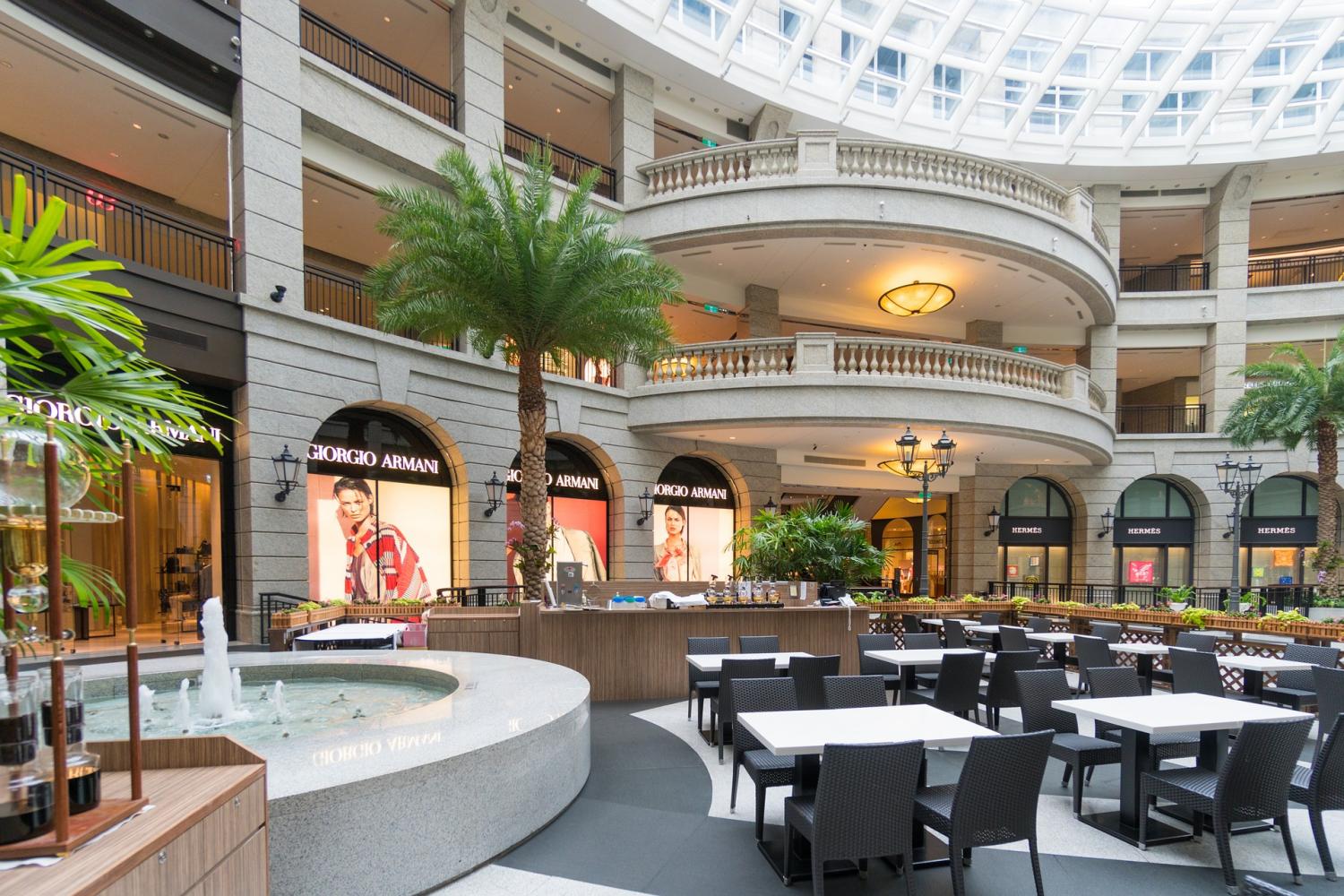

One of the tragedies of this crisis is that whether one’s industry is looked after or not depends on its relationship, which usually involves fawning, with the White House. If you push back, or show no sign of groveling, the feds could use the Defense Production Act (DPA) as a bullwhip against your company on their terms, as our senior reporter, Tina Casey, distilled here on TriplePundit a few weeks ago in her profile on GM, Mary Barra and the dire need for ventilators. But if you are part of a city agency or nonprofit running vital services like community centers, forget it.
The powerful are favored while those lacking the right connections suffer
Meanwhile, the Trump administration is looking out for the meatpacking industry with an executive order that purports to protect the U.S. food supply overwhelmed with challenges. Such a chess move sounds like a noble cause — until one realizes that under Trump's recent executive order, meat companies will be allowed to carry on as if it were business as usual, while workers have no recourse to ensure their health and safety. The president was widely quoted as saying the executive order’s purpose is to “solve any liability problems where they had certain liability problems and we’ll be in very good shape.”
Meanwhile, the largest owner of shopping malls in the U.S., Simon Property Group, said last week it was determined to open almost 50 of its malls across the southeastern states over the past weekend, though as of press time the company’s malls in the Atlanta region will not open until today. It just so happens that David Simon, CEO of Simon Property Group, is on the president’s “reopen the economy” task force.
Community centers, and the citizens they serve, need help fast
Let’s discuss what is not in good shape: Vital community services across the nation are at a breaking point. Domestic violence shelters, community centers serving the LGBTQ community, and places where vulnerable children can feel safe and welcome are for the most part shuttered.
So here’s a question: If shopping mall property managers can put in the time and resources to space out seating at food courts while taping off urinals in order to ensure social distancing, why can’t real estate and property management companies consider taking similar action to offer a safe space for those who are most at risk?
Think about it: Those hunkering down at a domestic violence shelter (or at home) could use a break from the daily routine. Kids who suffer from a chaotic home life could benefit from a place to complete their homework. And a queer person who suddenly lost his or her job and is now forced to live in an insufferable, if not abusive, situation would at a minimum have the opportunity to savor a safe space for a few precious hours daily.
Shopping malls have plenty of “safe space”
Shopping malls are a near perfect place to provide a safe and quiet haven during the day — and honestly, for the “dead malls” scattered across America, with some thought and planning, they could serve as community centers as well. To start, these cavernous shopping malls certainly have plenty of space — these massive buildings could certainly offer different services to different groups of vulnerable people. For those property managers skittish on having these services in plain view in their malls’ center courts or under the main atrium, fine; those empty retail spaces would suffice.
Considering the size of these places, mall operators can work with community organizations to enforce social distancing. Together, they can also require masks and protective equipment, or work with local businesses and government agencies to provide these and other supplies such as disinfectants. Tech and wireless companies could provide mobile hotspots. And if our food supply could ever stabilize, local organizations could provide meals or snacks, too. Finally, as far services such as counseling or tutoring go, there is no shortage of kind-hearted people who have the time on their hands if the right precautions — such as taking a temperature at the door and getting those hand sanitizer stands set up — are taken.
Such a move wouldn’t generate eye-catching headlines. It certainly wouldn’t be popular with the entitled part of our citizenry who turn away as frontline healthcare workers and people of color suffer the most during this pandemic, only to be furious when these same people are told they can’t get a haircut or go to the beach. But bottom line: It would show be the right thing to do — and allow the wider real estate industry an opportunity to show this sector is willing to be of service, too.
Image credit: Stephen Yu/Pixabay
Low Wages, High Risk: May Day Strike Underscores COVID-19 Impact on Essential Workers in the Gig Economy
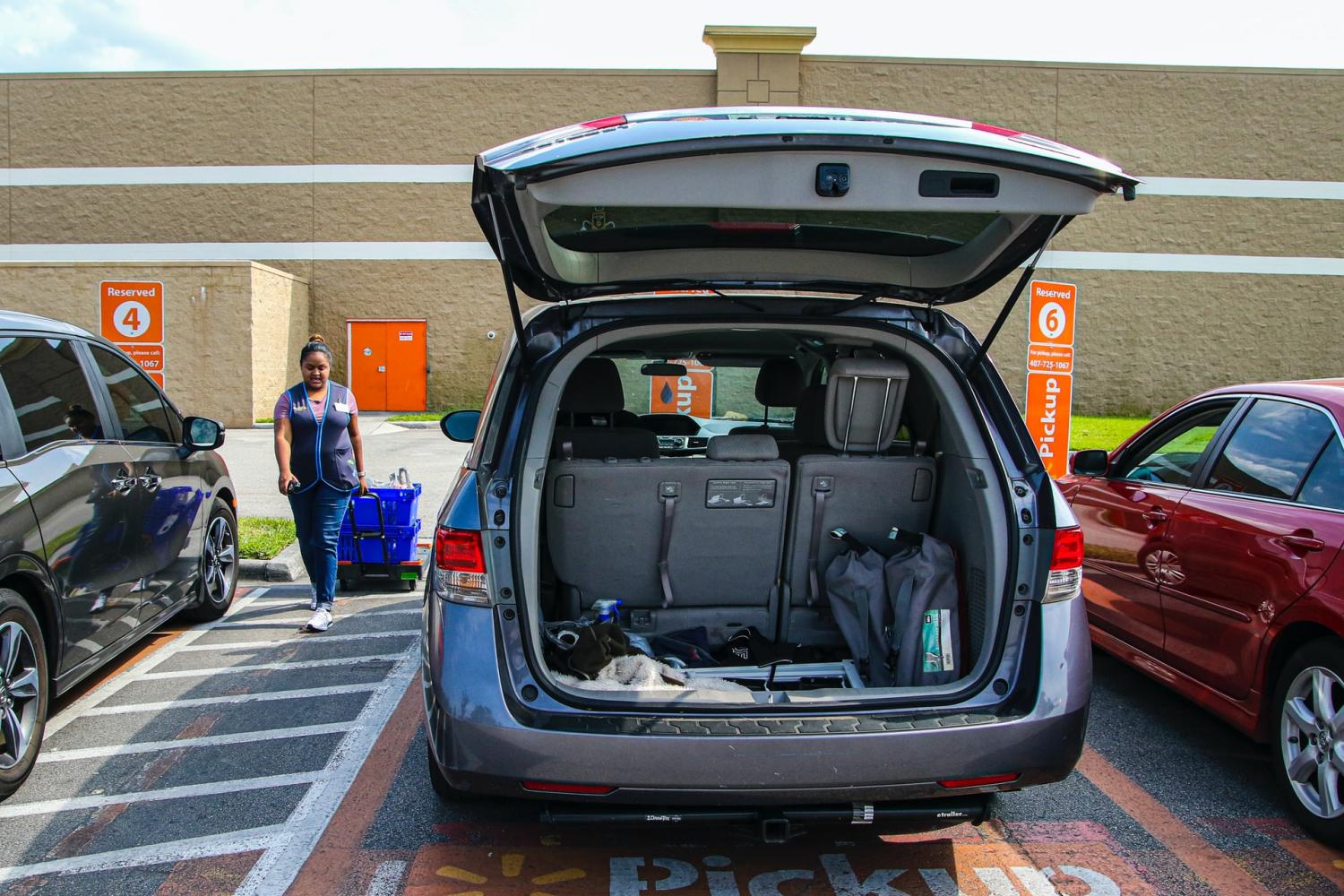

The COVID-19 crisis has touched off an explosive public health crisis in the U.S. In doing so, it has also exposed the dark underbelly of an economy that relies on underpaid gig workers and other part-time, low-wage workers to keep essential services going. As May Day approached closer on our calendars, many of these workers have become frustrated with the fact that they are often putting themselves at risk of infection, while their services enable many other people to stay safe at home. Hence the call for a May Day Strike.
The pluses and minuses of gig work
Back in 2015, Triple Pundit took a look at the emerging gig economy through the eyes of Ai-Jen Poo, Director of the National Domestic Workers Alliance.
She noted that gig work has made important contributions to the economy and does have some important benefits. She cited flexibility, work-life balance, extra income, and monetization of existing assets like cars and living space.
However, as any traditional freelancer knows, there are challenges. Gig-by-gig income is inconsistent, work-related costs must be factored in, and there are few if any of the protections afforded to regular employees.
This has been an ongoing complaint of drivers working for app-based transportation companies. Protections afforded to full-time employees, such as severance pay, disability leave, paid time off, sick days, workers compensation and health insurance are not available for gig workers.
It’s clear companies need to find a middle ground. Companies wish to preserve the innovation and options, and workers in turn just want fairly compensated work with the protections other employees take for granted. But the problems gig workers keep confronting day after day aren't getting better from their perspective - and therein are the calls for today's May Day Strike.
Gig work as a pyramid scheme
Five years on, it is clear that Ai-Jen Poo’s vision of a middle ground is further away than ever. The problems she and other critics have cited in regards to gig economy platforms have worsened with the growth of additional app-based systems that consolidate independent labor on a mass scale.
It is a mathematical formula for extreme income inequality. In contrast to traditional freelance or contract work, the app-based formula enables those at the top of the pyramid to reap substantial rewards, while providing no incentive to redistribute wages and benefits to those at the bottom.
In 2019, a Federal Reserve report on economic well-being noted that gig work can serve as a “coping strategy” for households on shaky financial ground. However, the report also suggests that gig work is more of a preserver of the status quo rather than a ladder up.
“Signs of financial fragility—such as difficulty handling an emergency expense—are slightly more common for those engaged in gig work, but markedly higher for those who do so as a main source of income,” the report stated.
The problem is not confined to app-based companies like Uber, Lyft, and Instacart. They draw most of the media attention, but the Federal Reserve report noted that the overwhelming majority of gig workers do not use the Internet for work.
In a related trend, over the past years traditional companies have been transitioning to the gig model. They have been relying more heavily on part-time employees, temporary workers, and contractors, creating what some critics have called a “caste system” separating regular employees from those with lower wages and little or no benefits.
Adding to the problem is the emergence of “on-call” scheduling and other alternatives to regular part-time work.
“Unpredictable work schedules are associated with financial stress for some,” the Federal Reserve wrote, further explaining that “one-quarter of employees have a varying work schedule, including 17 percent whose schedule varies based on their employer’s needs.”
“One-third of workers who do not control their schedule are not doing okay financially, versus one-fifth of workers who set their schedule or have stable hours,” the Federal Reserve added.
Workers on the front lines of COVID-19 seek fairness in May Day Strike
The COVID-19 crisis has thrown all of these issues into sharp relief. Many of these same workers, including grocery and pharmacy clerks, delivery workers, and warehouse workers, continue to put themselves at risk of infection simply by doing their jobs — jobs they cannot afford to give up.
With more than a little irony, many of those jobs involve providing essential services to others, including persons who are able to work from the safety of their homes during the outbreak, and who can afford to pay for services that enable them to stay safely at home.
The disconnect between worker risk and compensation has begun to draw more public attention. Adding fuel to the fire, organizers have announced a nationwide walkout and sickout protest on May Day focusing on Amazon. Instacart — against which workers protested last month — Target, Shipt (a division of Target), Whole Foods, Walmart and FedEx are also reportedly the target of gig workers seeking hazard pay and improved health and safety standards as a result from this May Day Strike.
Regardless of the outcome of today’s protest action, the twin issues of worker risk and compensation are not going away.
As some employers push for an early end to stay-at-home orders aimed at slowing the spread of COVID-19, workers faced with a true life-or-death situation are all the more likely to push back. We'll see today if the May Day Strike resonates with citizens.
Image credit: Mick Haupt/Unsplash